The architects who built Palm Springs: William Cody
Lured to Palm Springs in 1945 by Nellie Coffman – ‘The Mother of Palm Springs’, Cody’s (1916-1978) first commission was to extend the Desert Inn. The following year, Cody received his first standalone job, the Del Marcos Hotel and soon he was designing country clubs and private homes all over town.

Palm Springs is one of the global epicentres of tasteful big ‘m’ modernism, a sprawling desert city where the dreams of architecture’s new generation came to glorious fruition, usually unrestricted by budgets and the tiresome burden of inclement weather. It was here in the desert that architects could explore the limits of glass and steel to their heart’s content; the resulting spindly paeans to open-plan living brought the arid desert landscape into the heart of the post-war house.
Palm Springs continues to bask in its modernist heritage, with an annual celebration of design, exhibitions and open houses and a strong ongoing tradition of innovation architecture. The pioneers who shaped the city included Albert Frey, Lloyd Wright and Richard Neutra, whose Kaufmann House continues to be the defining image of desert modernism. John Porter Clark, Donald Wexler and Richard Harrison and Palmer & Krisel were also prime movers, working hand in hand with property developers and hoteliers to transform Palm Springs into a destination for holidaymakers and weekenders, keen to escape the smog and stress of Los Angeles (the resort started life in the early 20th-century as a health retreat).
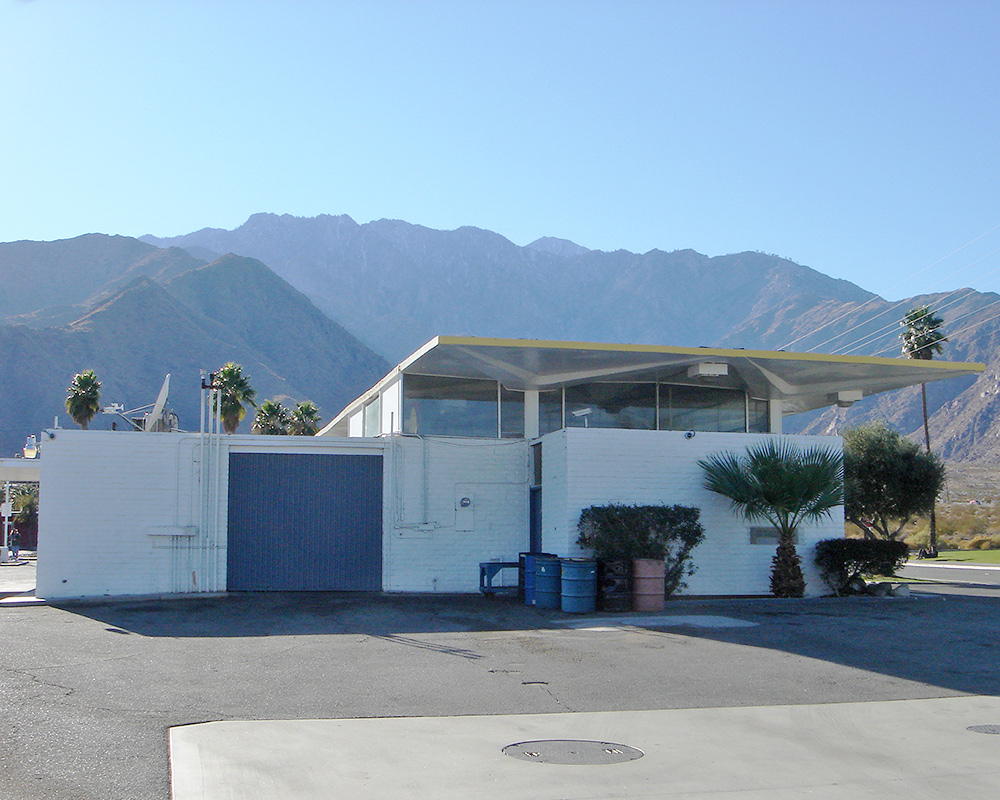
William Cody-designed gas station in Palm Springs.
In addition to the restrained modern elegance of the post-war era, Palm Springs was also home to eclectic design voices, drawn by both the light and space and the eccentricities of the burgeoning city’s clientele. ‘Desert Modern’ was the result.
William F. Cody is one of the style’s prime exponents. Cody came to Palm Springs in 1945 in search of fame and architectural fortune. He had been lured by the formidable Nellie Coffman – ‘The Mother of Palm Springs’ – to extend the Desert Inn, the sanatorium she founded in 1909 and which evolved throughout the century. Cody was just 29, a recent graduate from the College of Architecture and Fine Arts at the University of Southern California (alumni of the era included Paul Revere Williams, Pierre Koenig and William Krisel).
The following year, Cody received his first stand-alone job, the Del Marcos Hotel. Commissioned by Samuel and Adele Marcus, the 17-room hotel was modest in scale but big on ambition, with a low-rise, linear approach to design. The suites were generously sized, their glazed doors opening up onto a terrace with loungers arranged around a pool; it was the quintessential Californian dream transformed into an accessible experience. The mix of wood, stone and glass, paired with a futuristic sheen created by canted walls, thrusting angles and elongated forms became his aesthetic calling card.
RELATED STORY
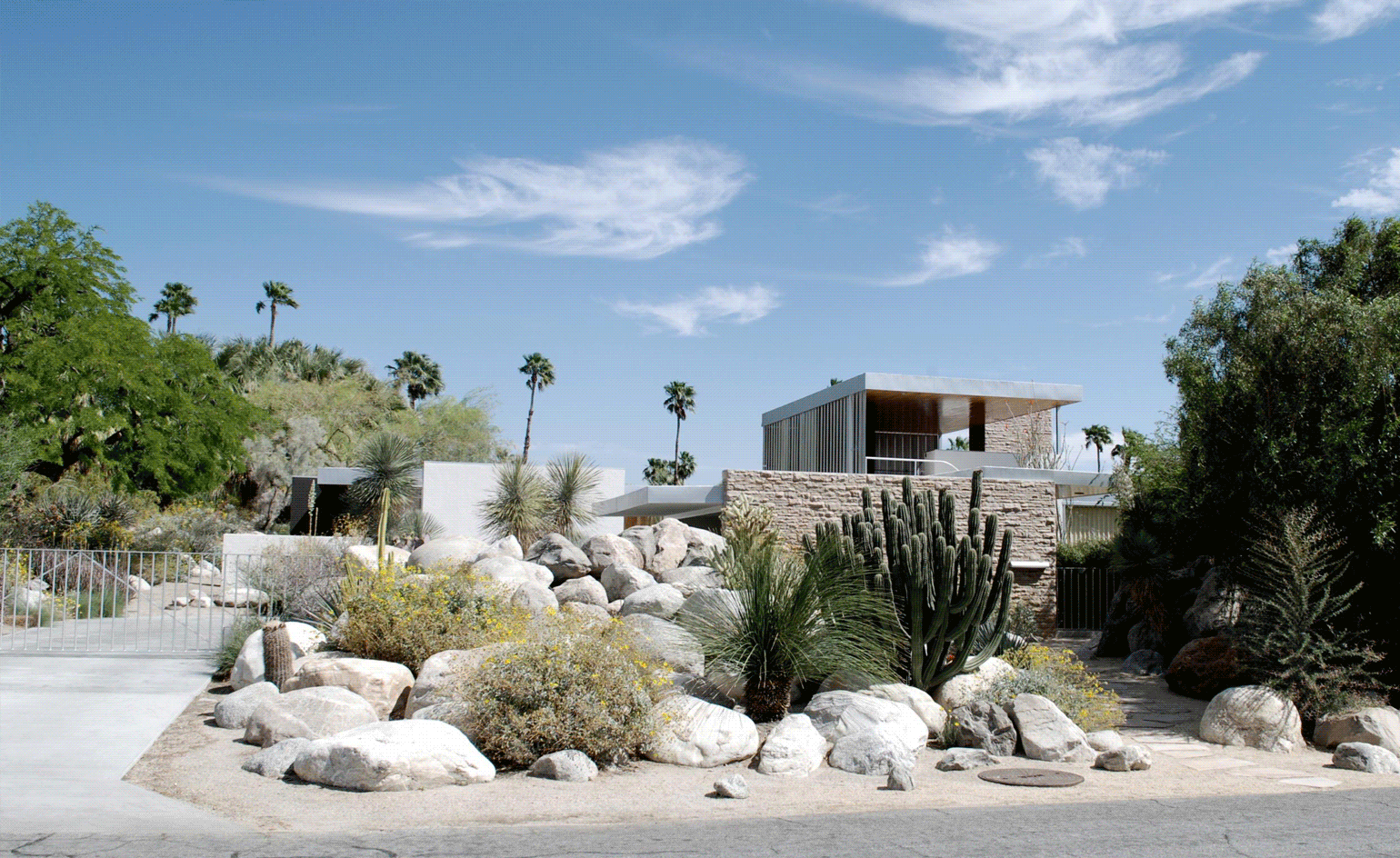
The Del Marcos, which was restored to its former glory in 2012, won awards for its audacious, populist take on modernity. It set Cody on the path to local fame, a process that accelerated after he moved to the city and designed his own residence. In common with his peers, he didn’t specialise, choosing to apply his design magic to any building typology that came his way. His next major project was a conversion, transforming the Thunderbird Ranch into a country club and golf course, complete with clubhouse and a number of private houses scattered around the 663 acre site. Cody had arrived.
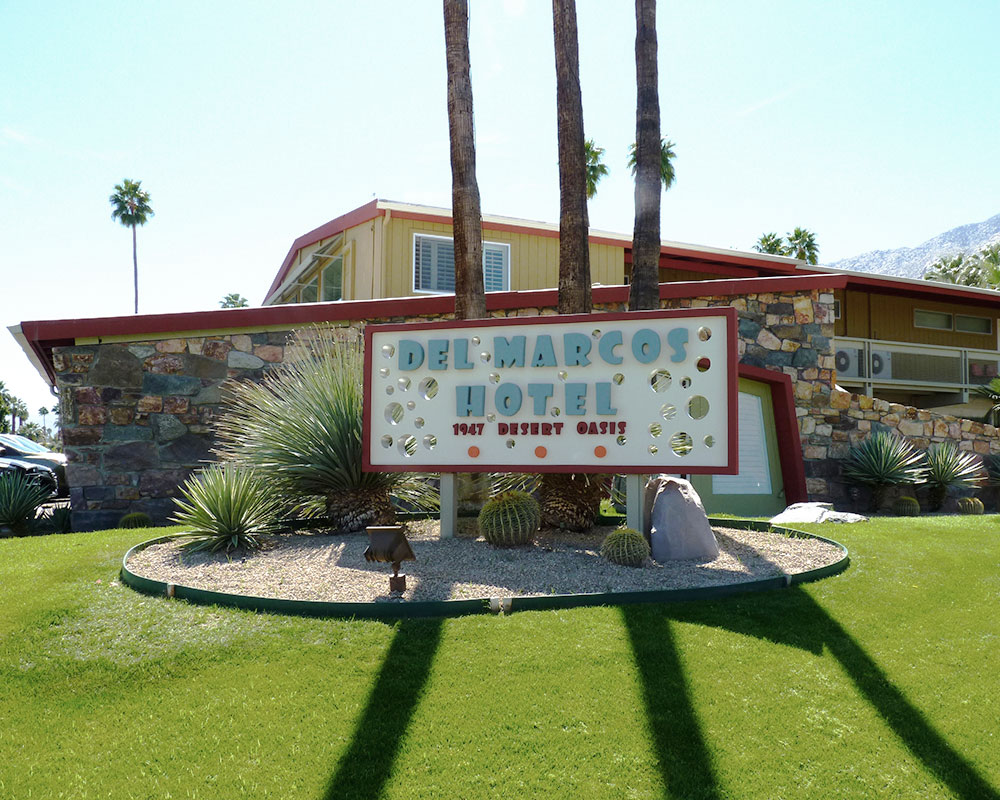
William Cody’s Del Marcos Hotel.
Additional country club designs came his way, as did private houses, churches and the city’s library. Clients included Frank Sinatra, for whom he created a second Palm Springs home at Rancho Mirage, but it was in hospitality design that he excelled.
Cody’s houses were only slightly more austere, sprawling modern pavilions that were typically arranged over a single level, united by pergolas and patios, pools and breakout areas. He was a local, well connected and therefore in tune with the desert lifestyle, with its glamorous mix of golf, cocktails and pool parties. His residences shaped a world of perpetual lazy hedonism, making the most of the desert’s space, light and landscape.
Many of these houses survive, albeit remodelled for the modern era, as do his civic buildings. William F. Cody died in 1978, aged just 62. He never saw Palm Springs’ resurgence as a modernist mecca, but would have relished his place in the pantheon of names that defined the city. More than anything else, his eccentric approach showed that modern architecture needn’t be constricted by aesthetics.
Read more in our series on the architects who built Palm Springs here.
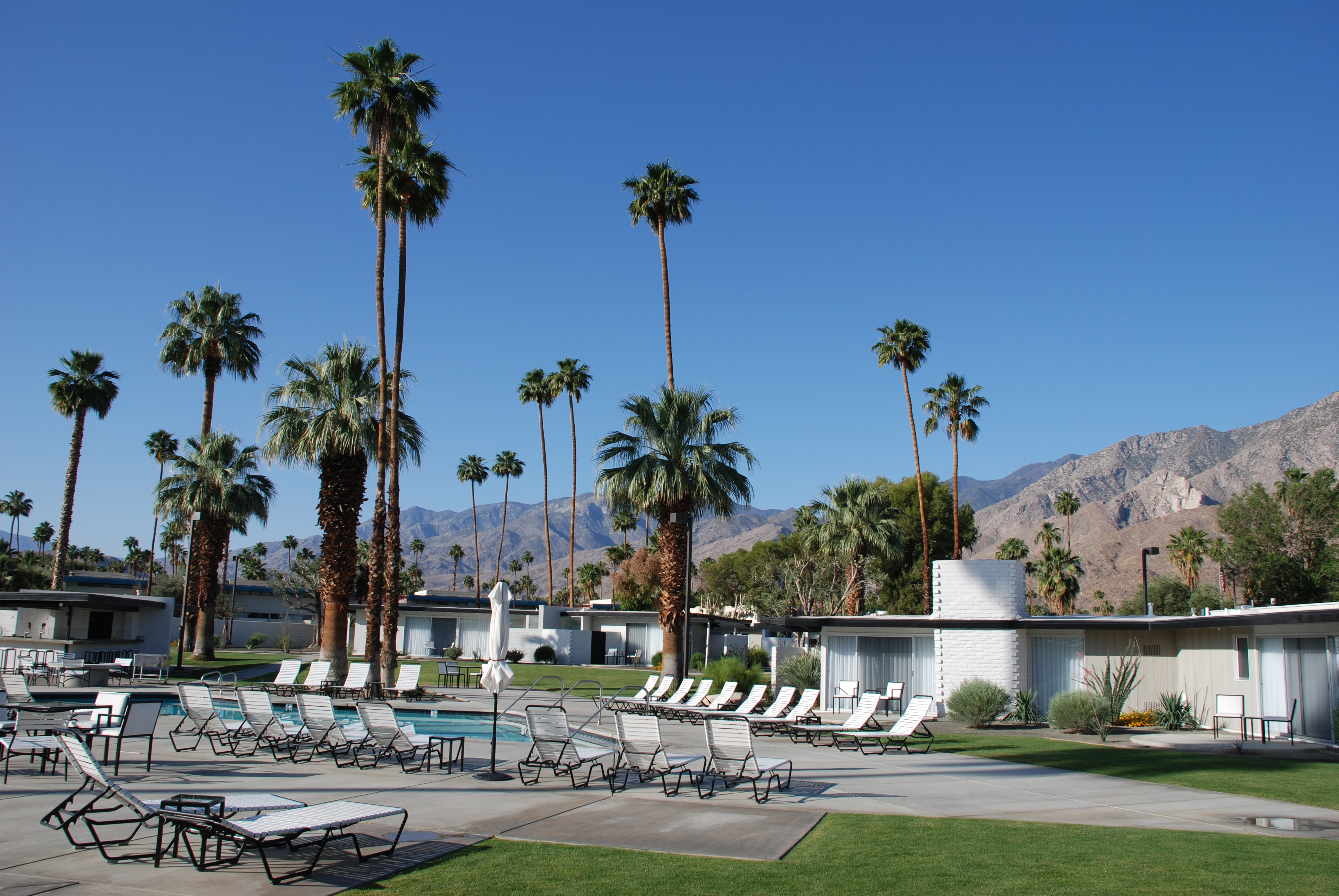
The Horizon hotel, designed by William Cody in Palm Springs
Receive our daily digest of inspiration, escapism and design stories from around the world direct to your inbox.
Jonathan Bell has written for Wallpaper* magazine since 1999, covering everything from architecture and transport design to books, tech and graphic design. He is now the magazine’s Transport and Technology Editor. Jonathan has written and edited 15 books, including Concept Car Design, 21st Century House, and The New Modern House. He is also the host of Wallpaper’s first podcast.
-
 Tempted to try building with stone? This project will convince you of its merits
Tempted to try building with stone? This project will convince you of its meritsWelcome to the Future Observatory's The Stone Demonstrator, a project conceived to show off the material's strong points, now on display in West London
-
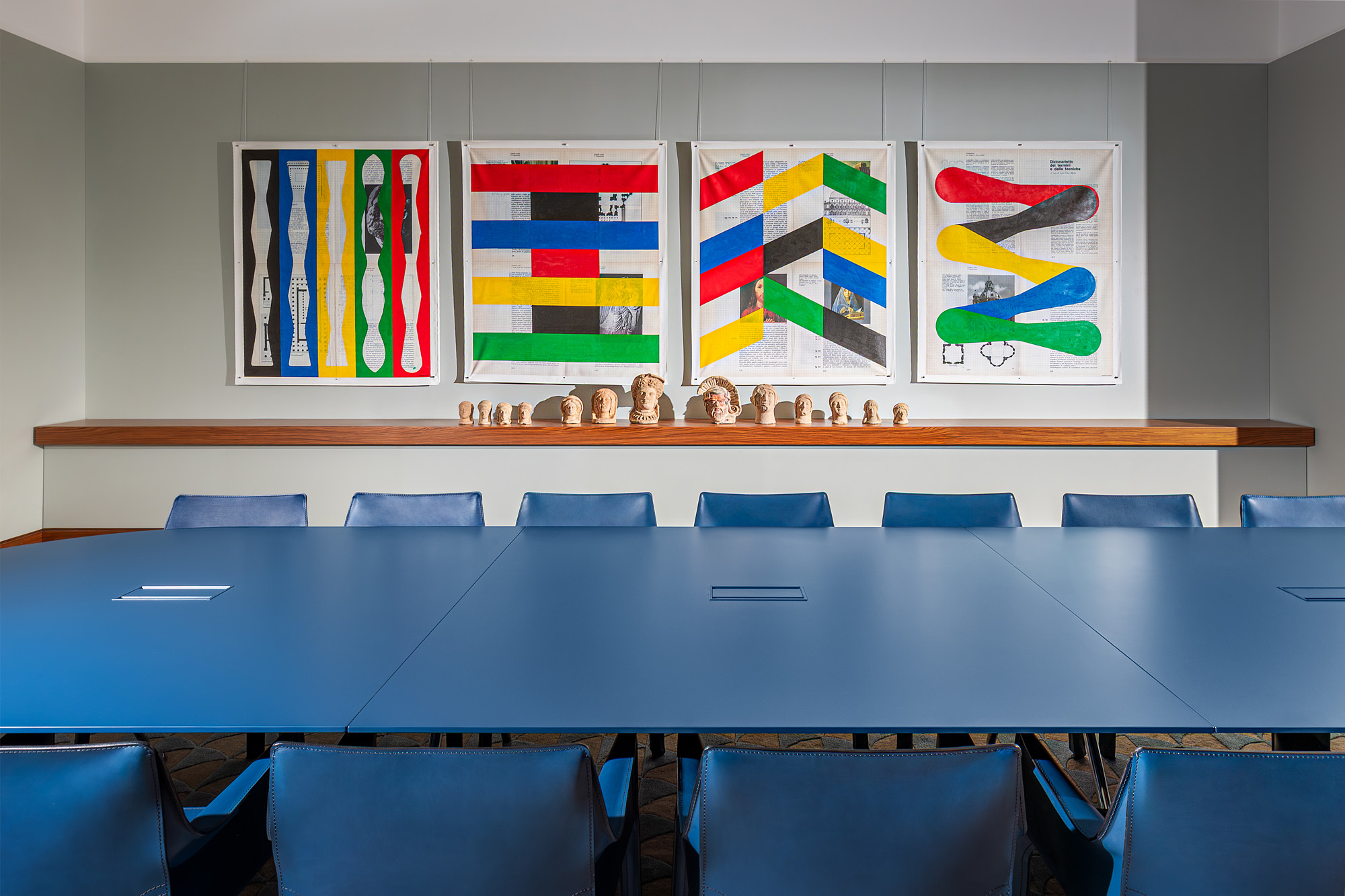 The new office of the Italian embassy in London is a love letter to the country’s creativity
The new office of the Italian embassy in London is a love letter to the country’s creativityWallpaper* takes a peek inside Casa Italia, the new Italian embassy in London, designed by our long-time collaborator Nick Vinson
-
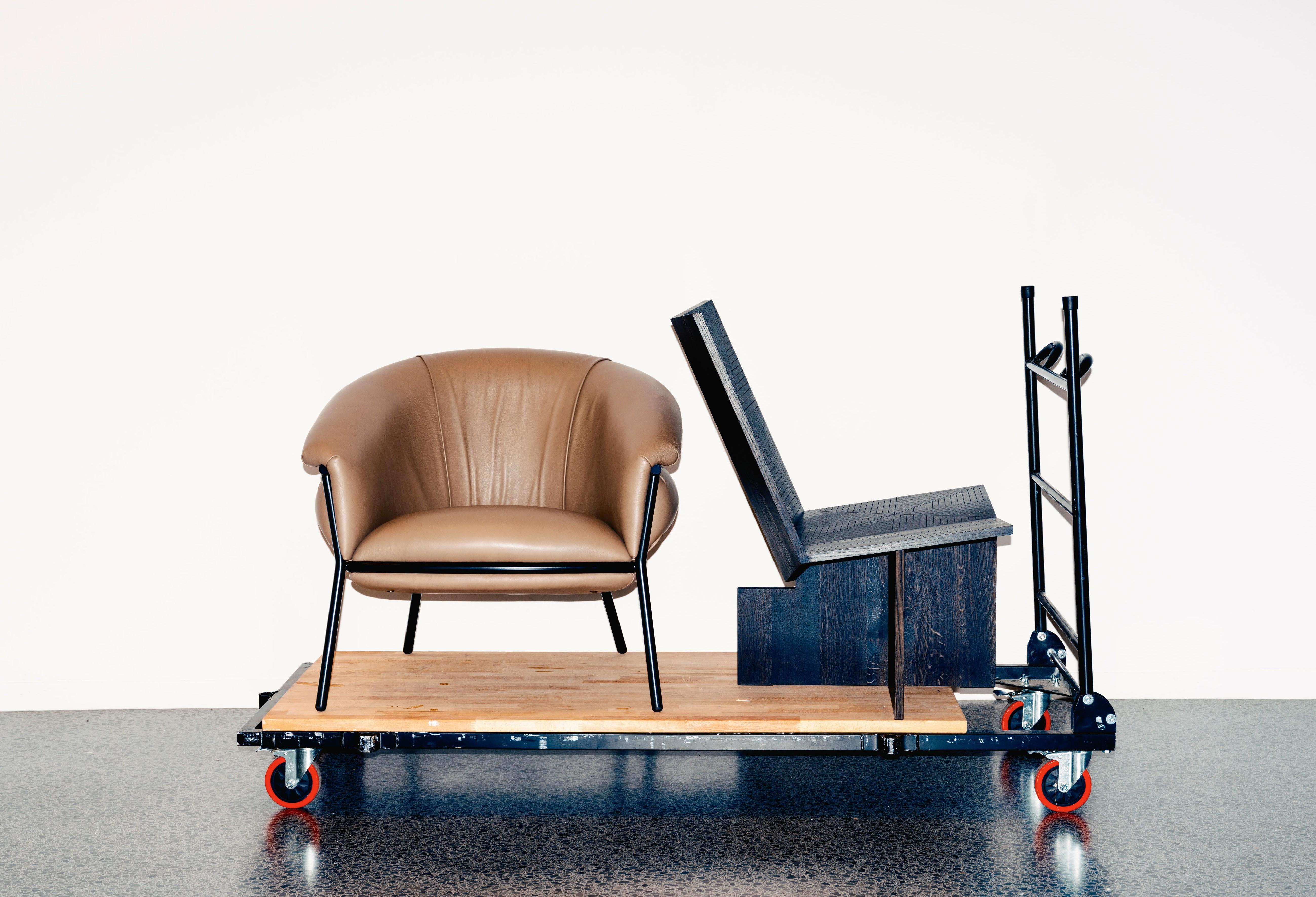 The furniture for the new Studio Museum in Harlem tells a story of its own
The furniture for the new Studio Museum in Harlem tells a story of its ownFurnishings at the new purpose-built home for New York’s Studio Museum in Harlem sit in harmony with its mission as an uplifting platform for artists of African descent
-
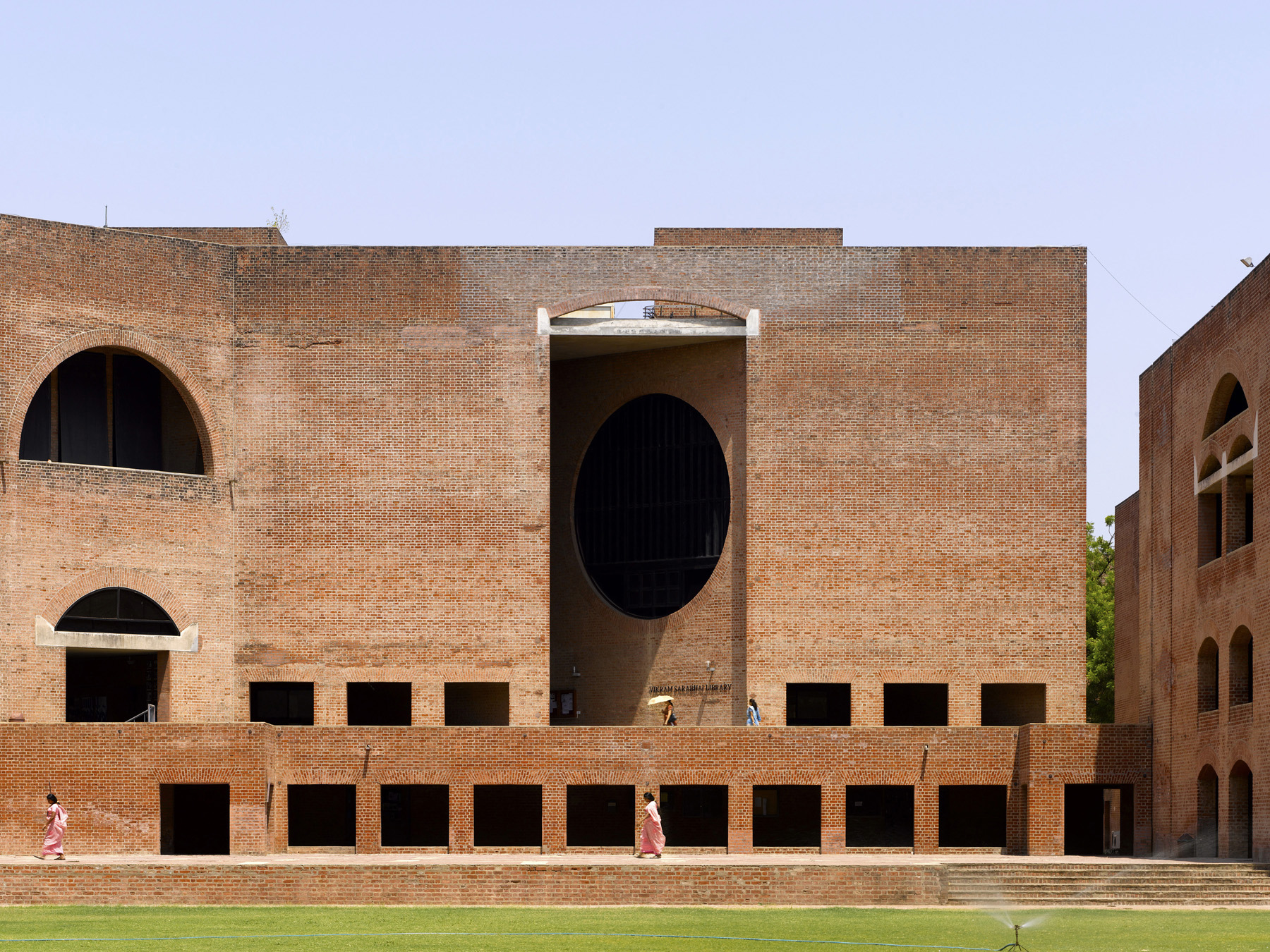 Louis Kahn, the modernist architect and the man behind the myth
Louis Kahn, the modernist architect and the man behind the mythWe chart the life and work of Louis Kahn, one of the 20th century’s most prominent modernists and a revered professional; yet his personal life meant he was also an architectural enigma
-
 The Architecture Edit: Wallpaper’s houses of the month
The Architecture Edit: Wallpaper’s houses of the monthFrom Malibu beach pads to cosy cabins blanketed in snow, Wallpaper* has featured some incredible homes this month. We profile our favourites below
-
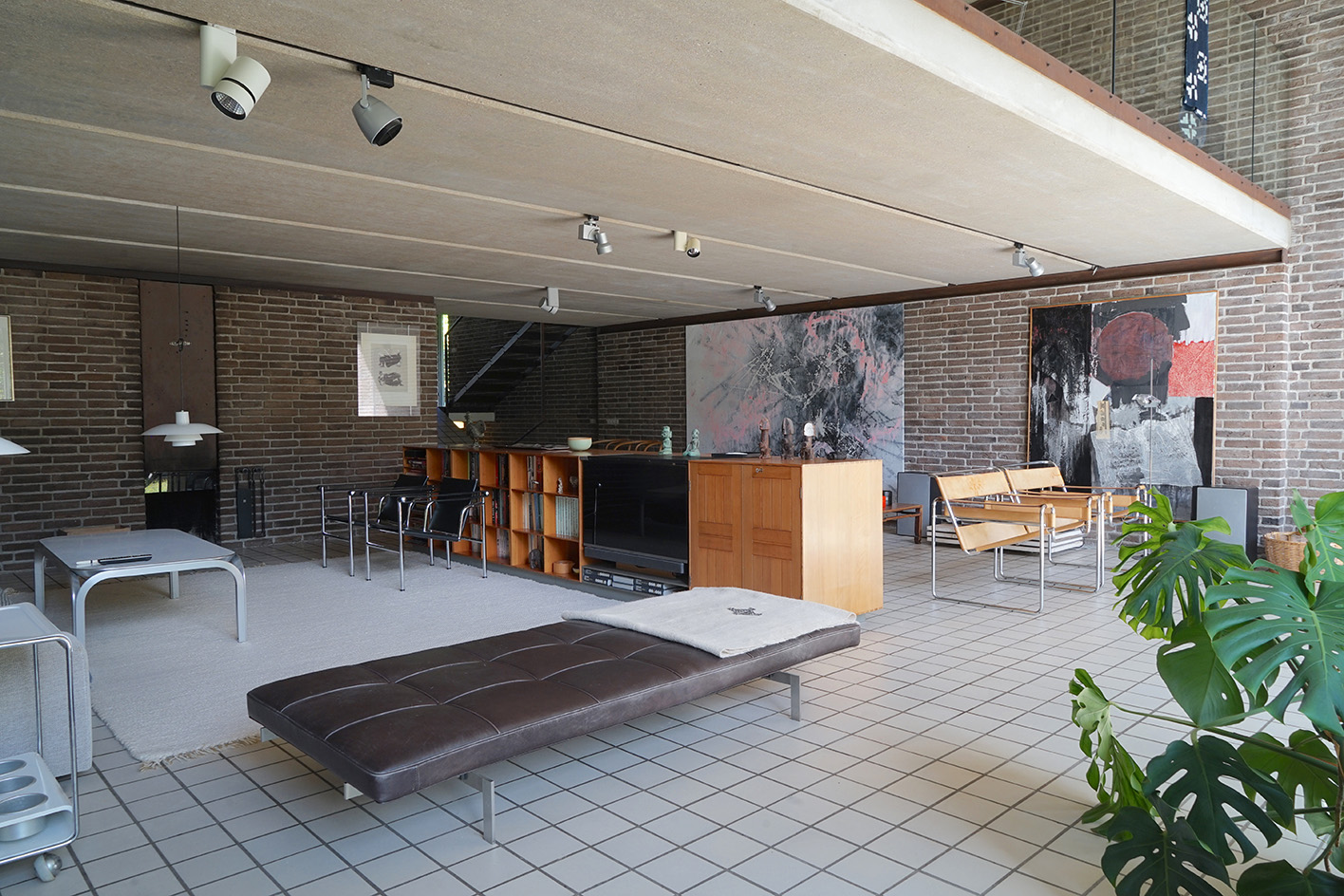 Three lesser-known Danish modernist houses track the country’s 20th-century architecture
Three lesser-known Danish modernist houses track the country’s 20th-century architectureWe visit three Danish modernist houses with writer, curator and architecture historian Adam Štěch, a delve into lower-profile examples of the country’s rich 20th-century legacy
-
 The Architecture Edit: Wallpaper’s houses of the month
The Architecture Edit: Wallpaper’s houses of the monthThis September, Wallpaper highlighted a striking mix of architecture – from iconic modernist homes newly up for sale to the dramatic transformation of a crumbling Scottish cottage. These are the projects that caught our eye
-
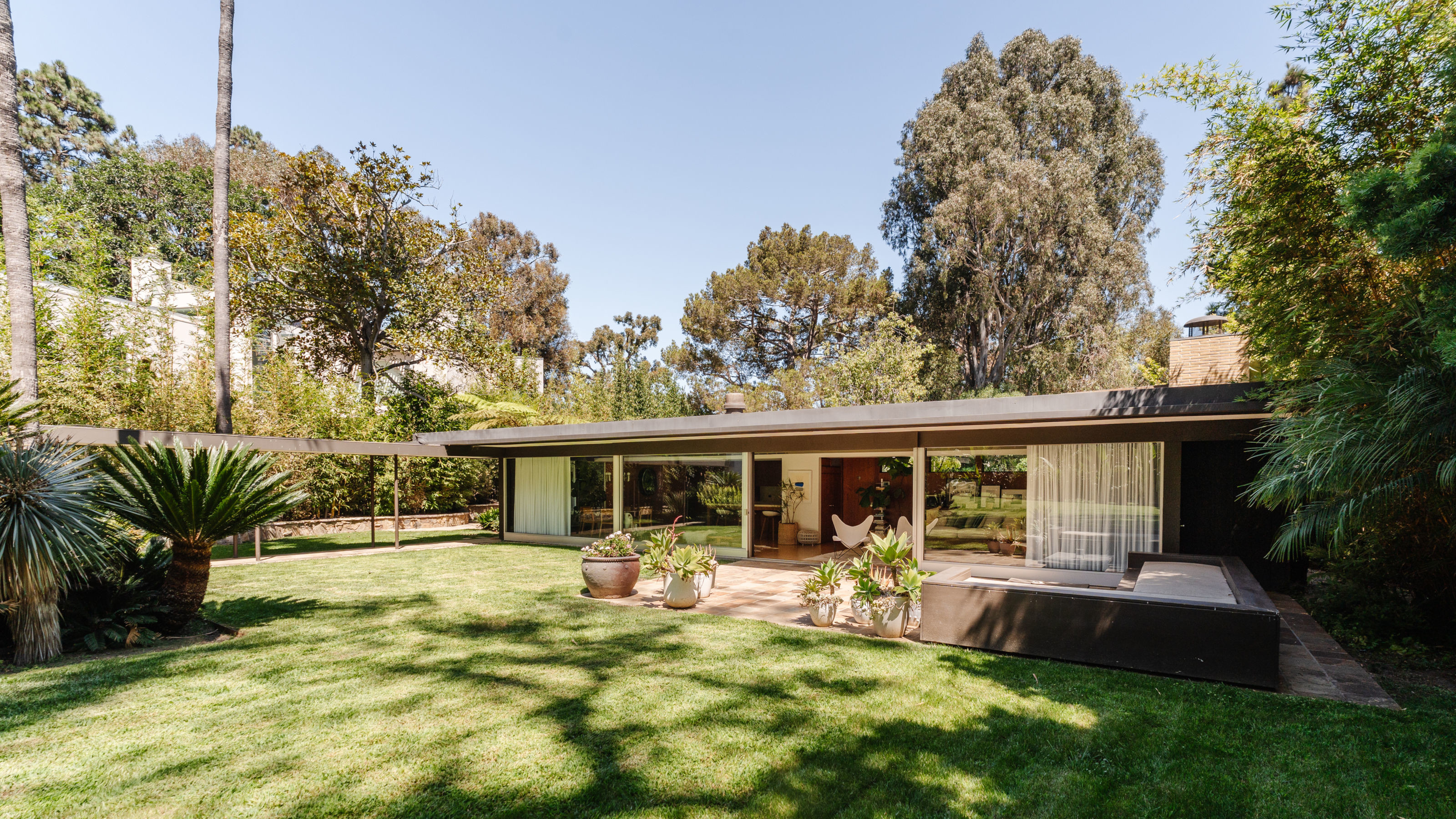 Richard Neutra's Case Study House #20, an icon of Californian modernism, is for sale
Richard Neutra's Case Study House #20, an icon of Californian modernism, is for salePerched high up in the Pacific Palisades, a 1948 house designed by Richard Neutra for Dr Bailey is back on the market
-
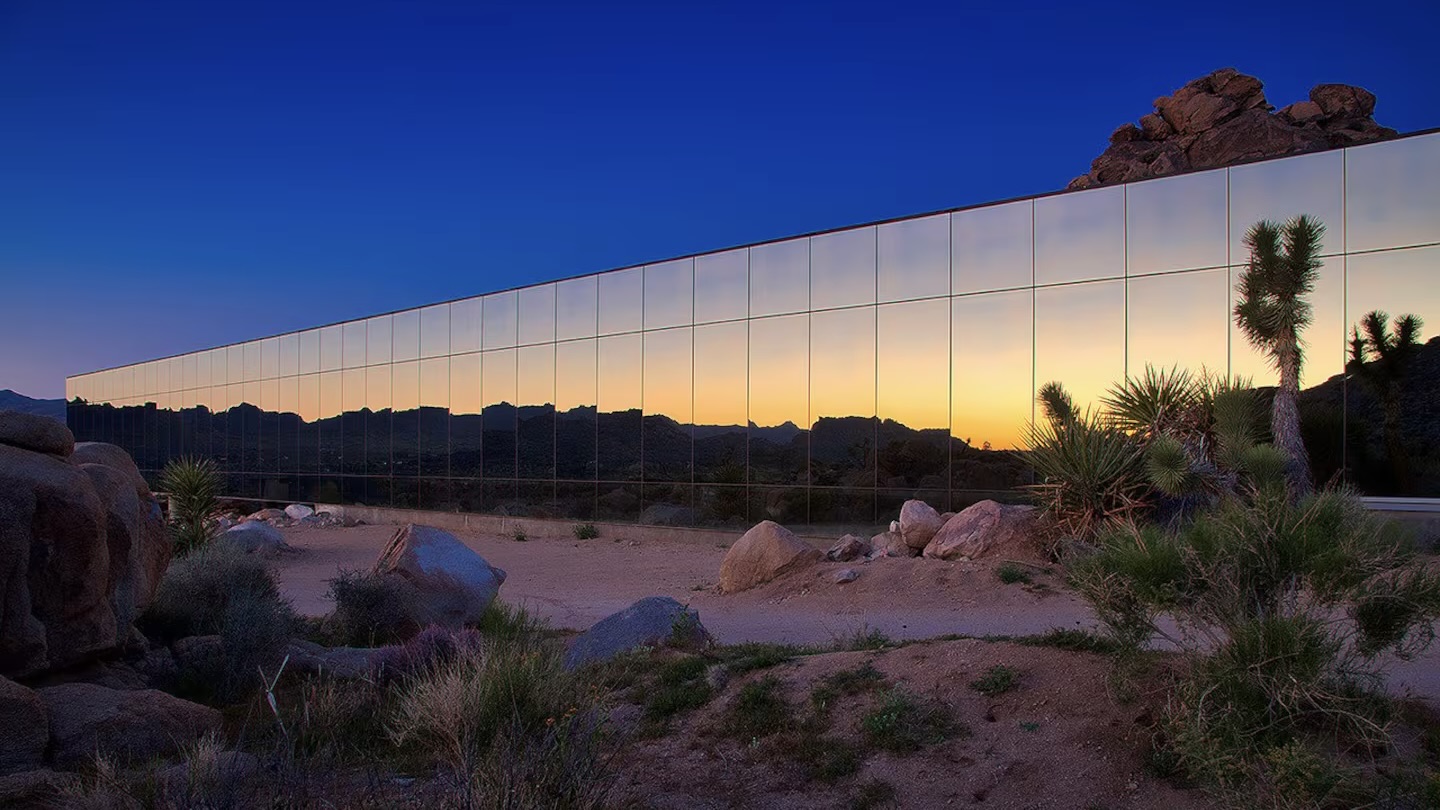 The best of California desert architecture, from midcentury gems to mirrored dwellings
The best of California desert architecture, from midcentury gems to mirrored dwellingsWhile architecture has long employed strategies to cool buildings in arid environments, California desert architecture developed its own distinct identity –giving rise, notably, to a wave of iconic midcentury designs
-
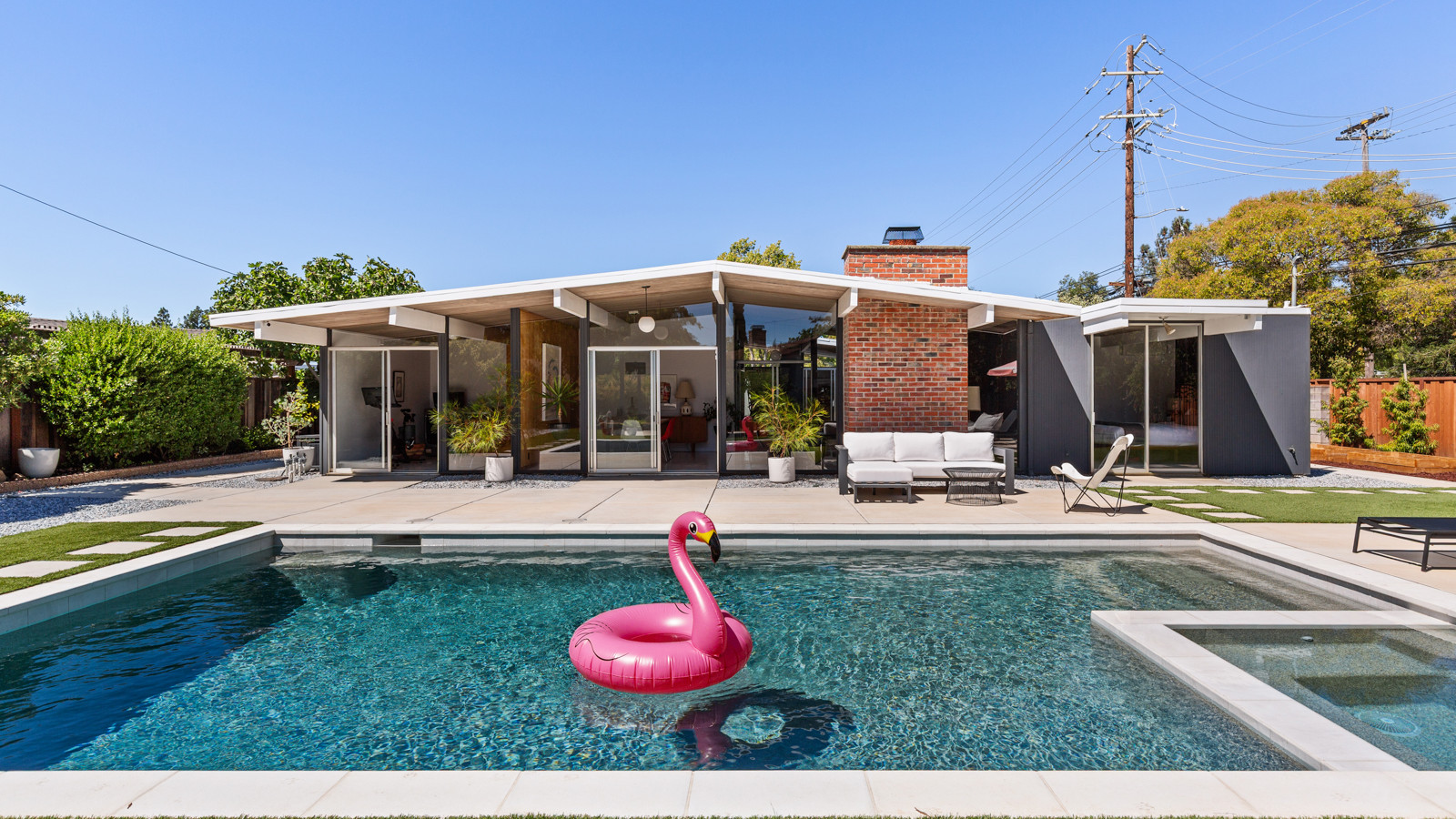 A restored Eichler home is a peerless piece of West Coast midcentury modernism
A restored Eichler home is a peerless piece of West Coast midcentury modernismWe explore an Eichler home, and Californian developer Joseph Eichler’s legacy of design, as a fine example of his progressive house-building programme hits the market
-
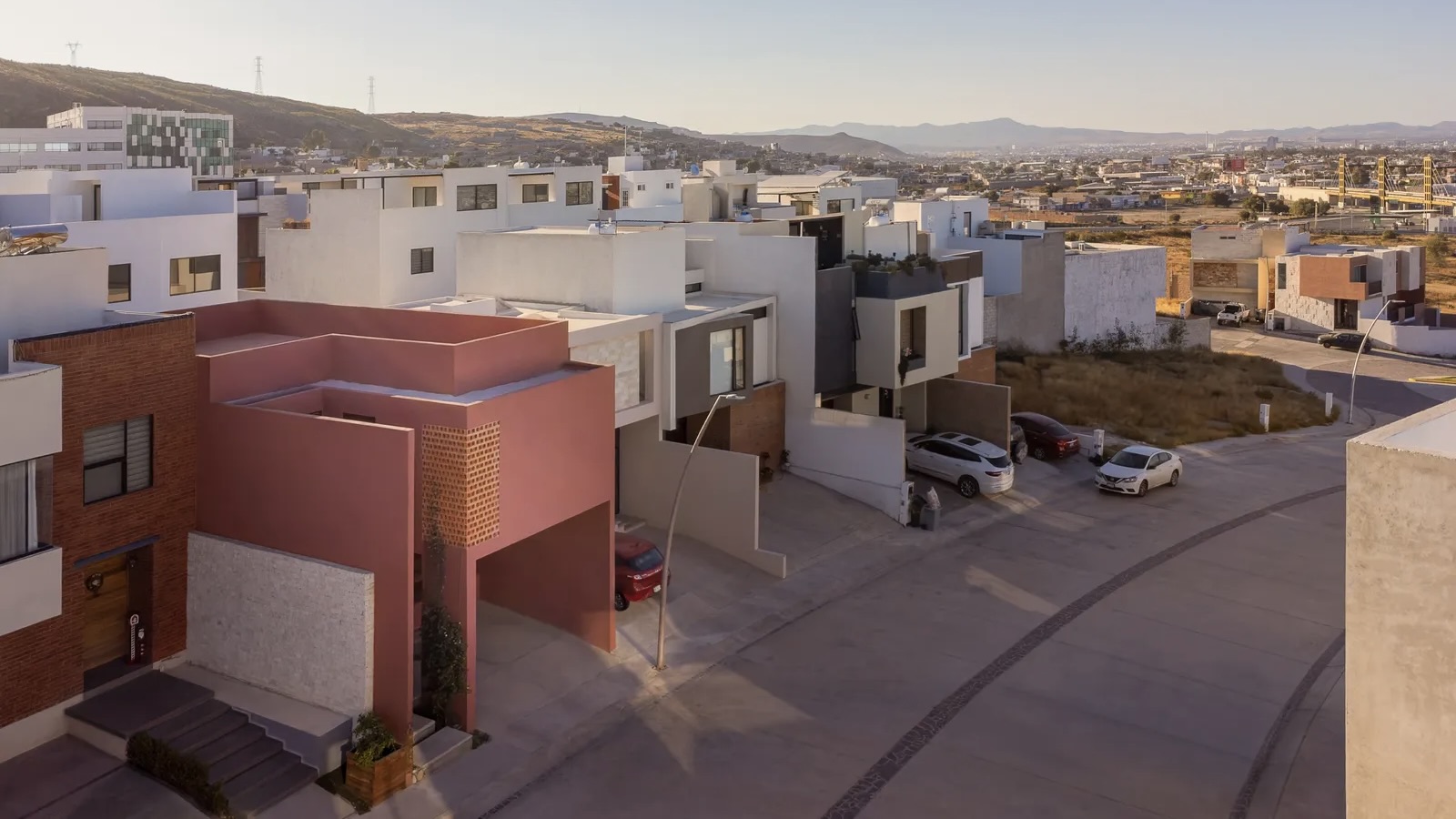 The Architecture Edit: Wallpaper’s houses of the month
The Architecture Edit: Wallpaper’s houses of the monthWallpaper* has spotlighted an array of remarkable architecture in the past month – from a pink desert home to structures that appears to float above the ground. These are the houses and buildings that most captured our attention in August 2025